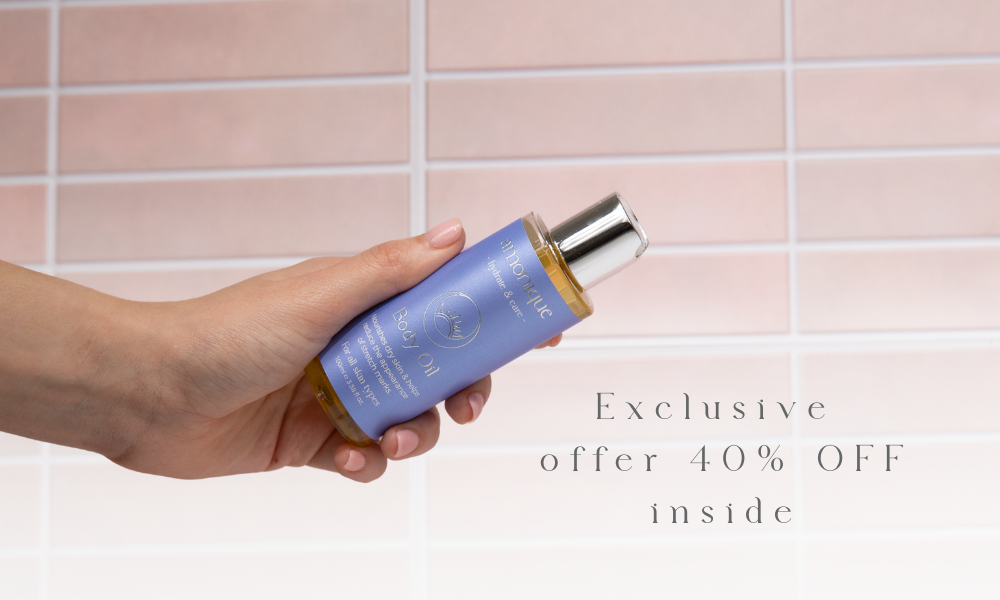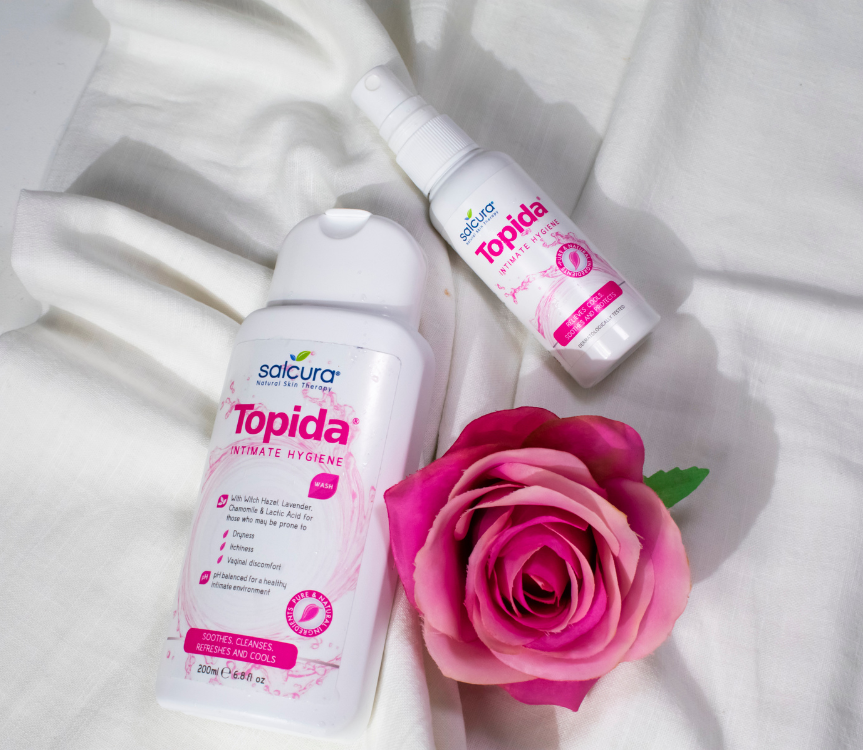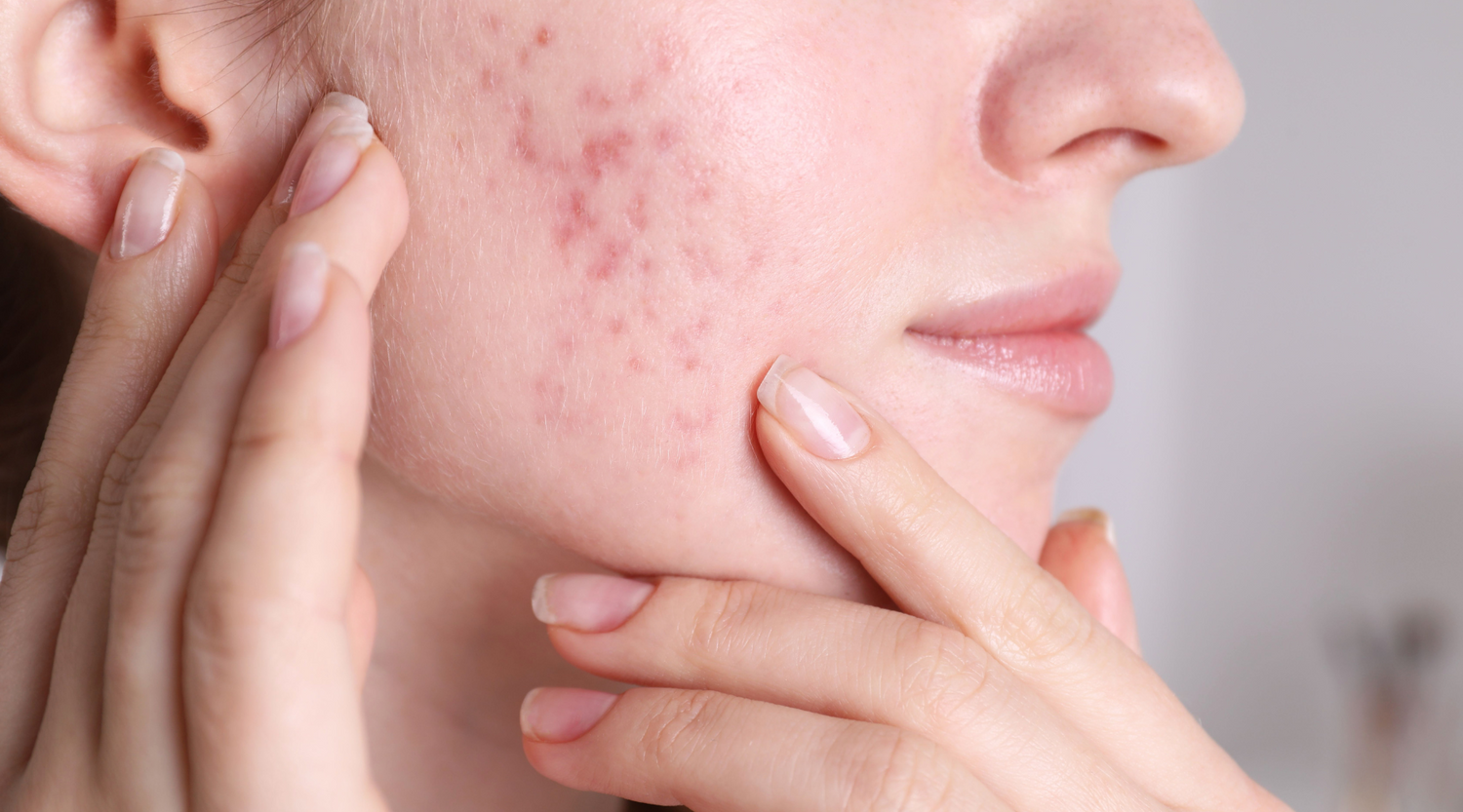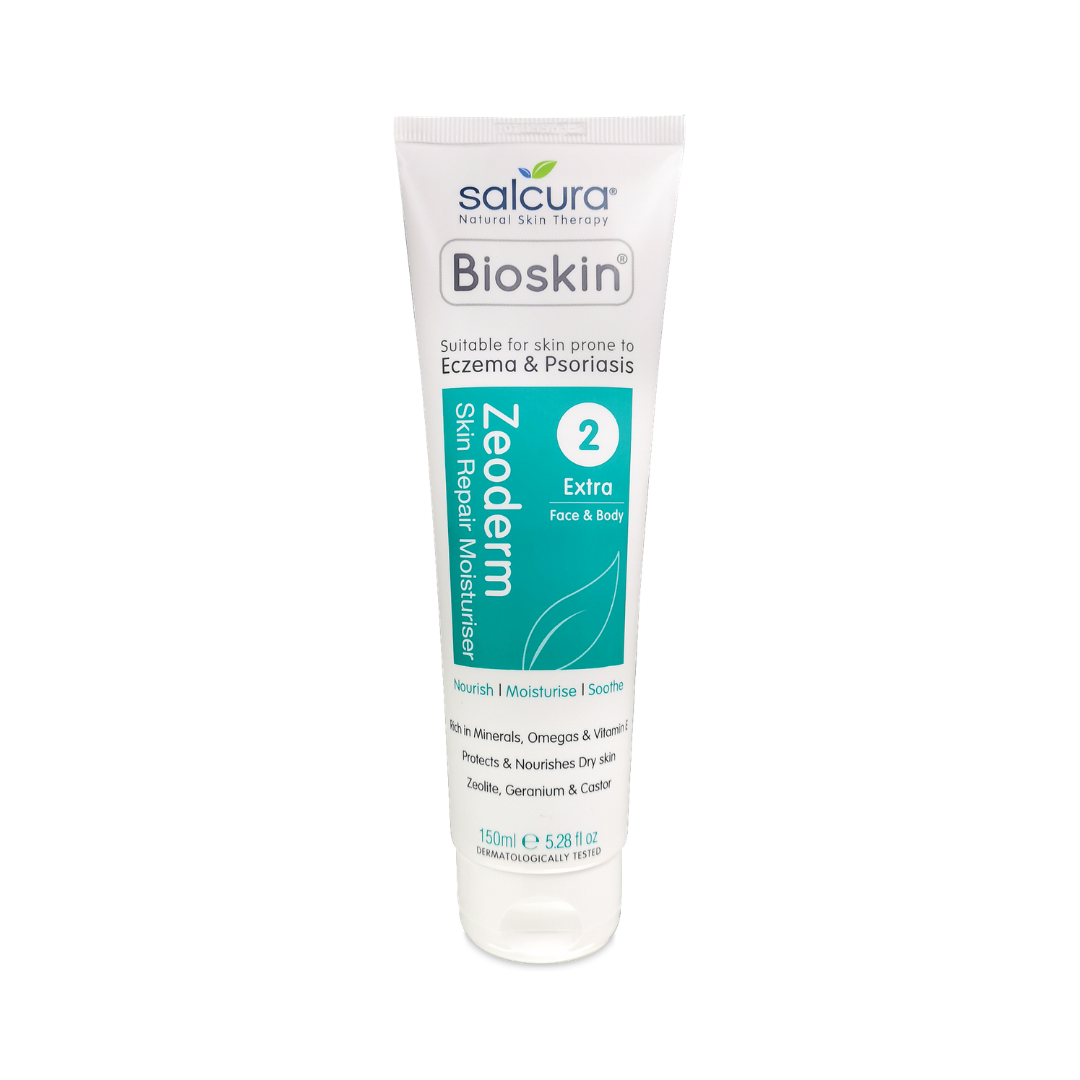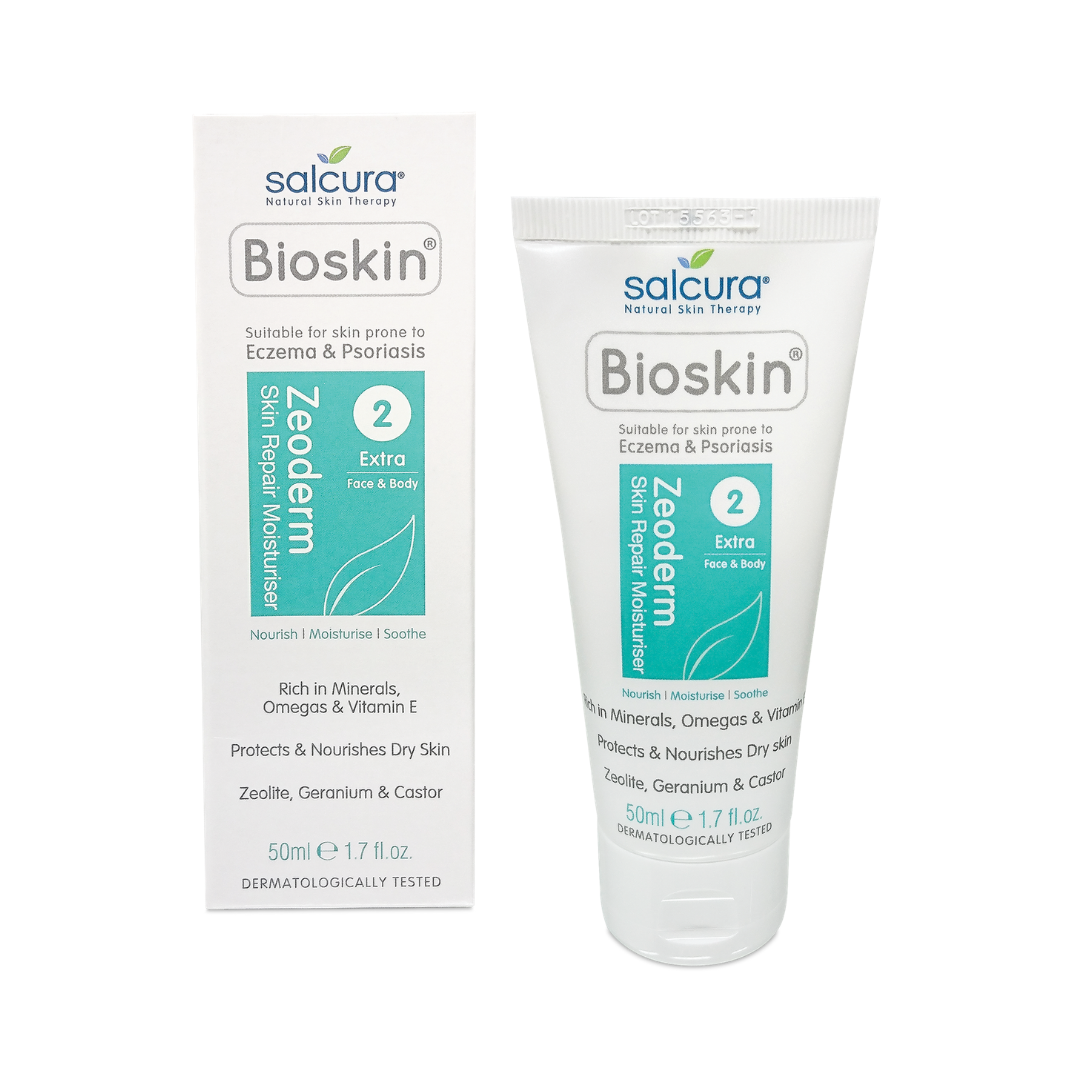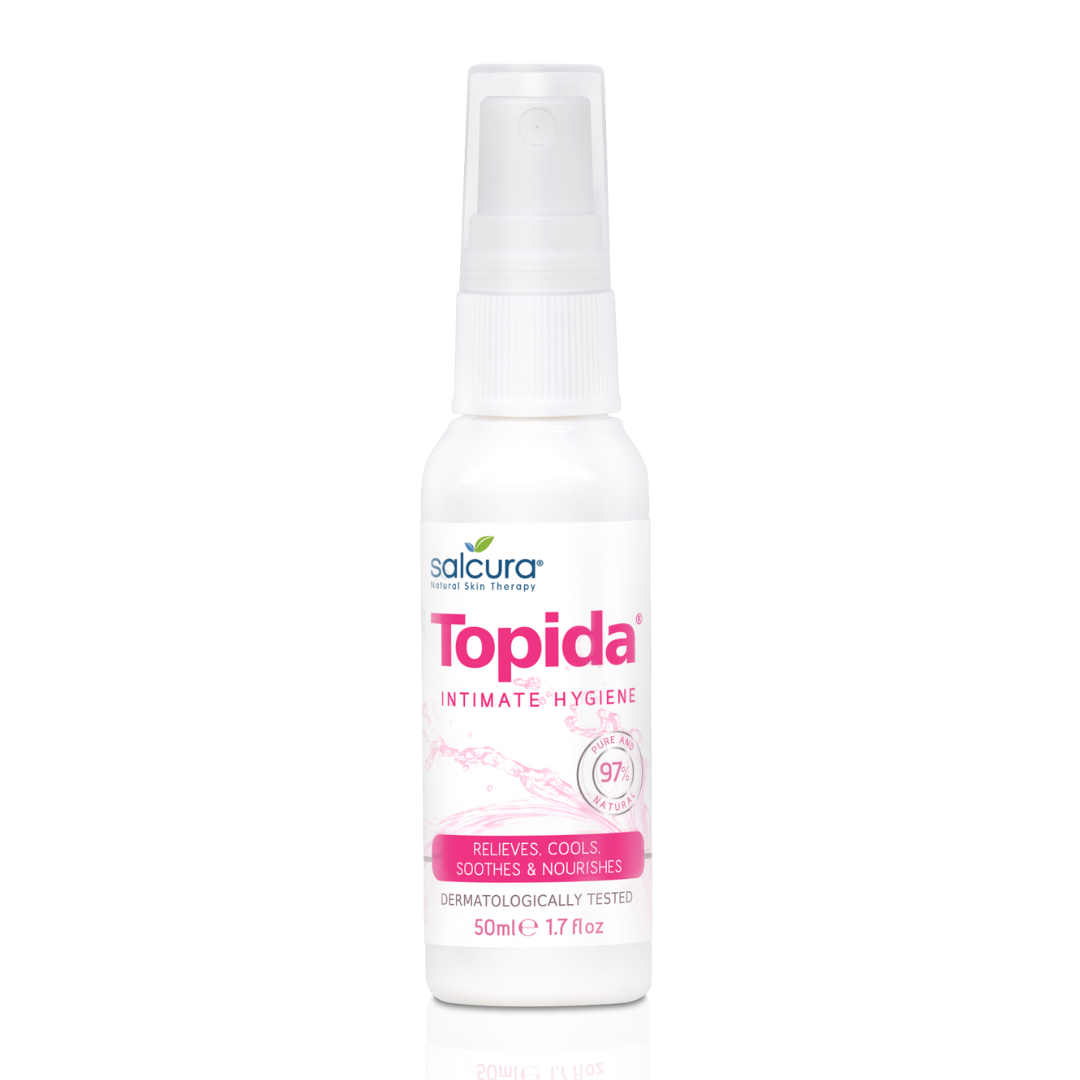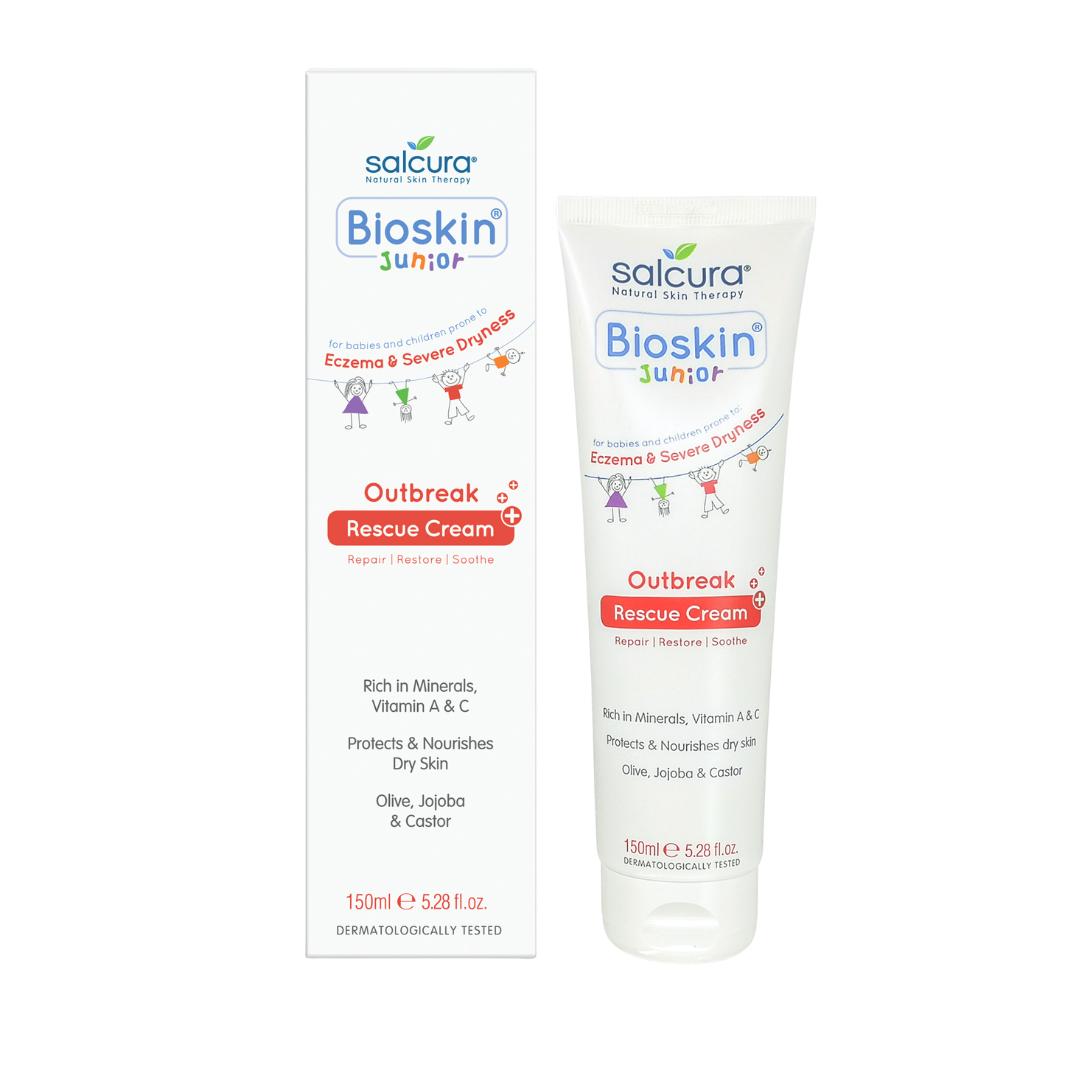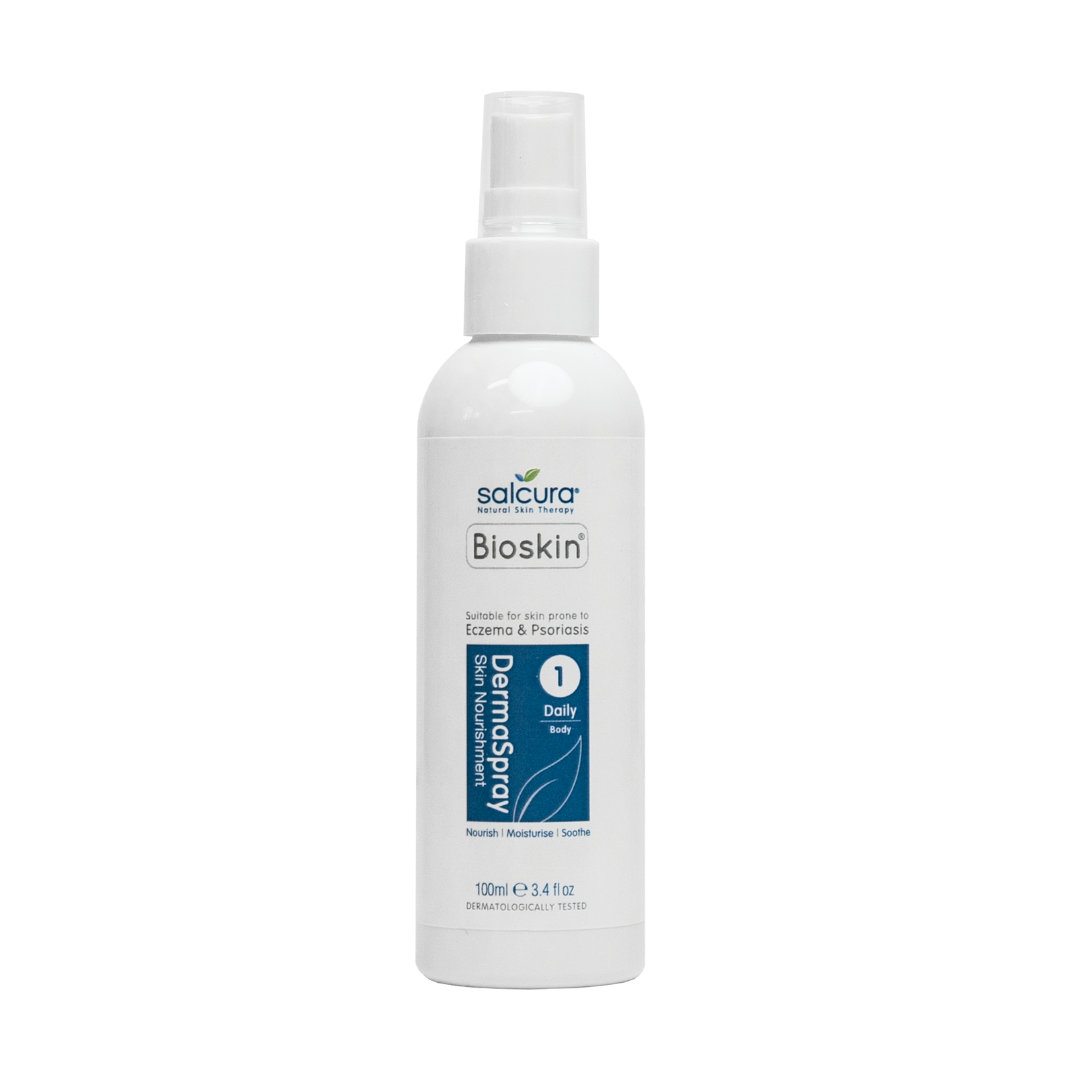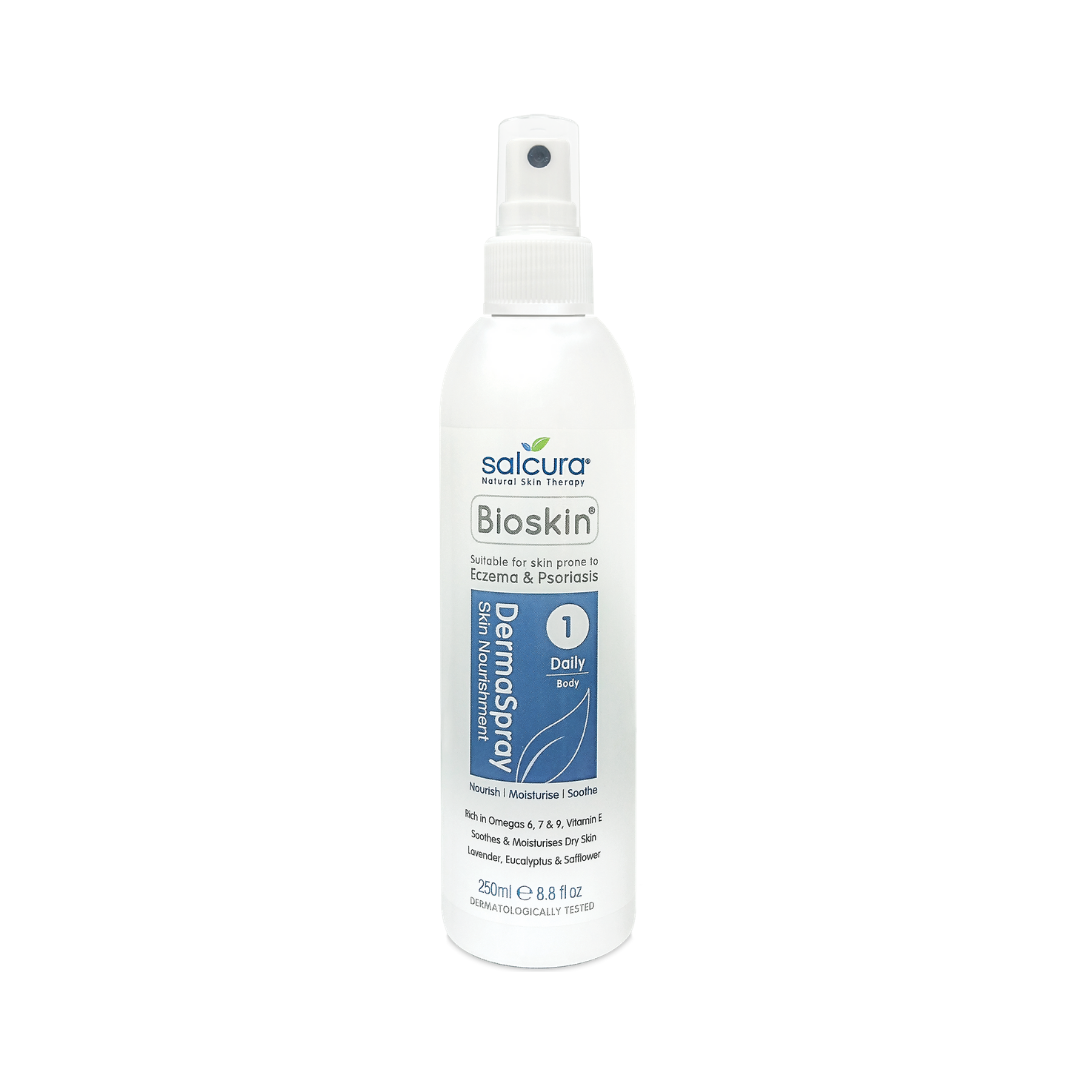This month we celebrated International Women's Day! We thought we would take this opportunity to raise awareness of the importance of feminine hygiene.
Most recently it has become more socially acceptable to talk about menstruation products such as menstrual cups, period pads and more. Recently more awareness has been raised around gynaecological cancers, PCOS and endometriosis. More people have become comfortable discussing these topics. We want to stop the stigma around talking about thrush. We want to welcome and encourage pubic conversations about thrush and women’s intimate hygiene.
We want to openly talk about what thrush is, how people get thrush, what symptoms occur with thrush and how to treat thrush. If you want to find out more about, we will be answering your questions below.
So, what is thrush?
Thrush is a common condition caused by a yeast infection usually in the genital area, affecting predominantly women. Symptoms include irritation, inflammation, soreness, itchiness and excess discharge.
Did you know 80-90% of the time, the yeast infection is caused by an increase of a fungus called Candida albicans?
This fungus normally lives harmlessly on the skin in various areas of the body like the mouth, gut and on the vagina. The Candida albicans is kept under control by bacteria which also naturally occur on your skin, but when the fungus multiplies due to a weekend immune system, it can cause thrush.
Thrush is not classed as a sexually transmitted disease (STD).
Who gets thrush?
Most women get thrush at some point in their lives, but it is more common for women in their thirties and forties. Many women may also suffer from thrush more than once in their lives, with it recurring frequently for some.
Some factors that make people more prone to thrush include:
- If you are ill or stressed
- If you take antibiotics
- If you take a contraceptive pill
- If you have diabetes
- If you are pregnant
- If you are undergoing chemotherapy
- If you wear tight clothing
- If you are menstruating
Some shower and bath product may also irritate the vaginal areas, especially products that are quite synthetic containing known irritants on the sensitive skin like parfum, SLS and parabens.
What are the symptoms of thrush?
Every woman is unique so everyone may experience symptoms of thrush differently, with some women not even being aware they have until they undergo a cervical smear test.
Symptoms and severity of the symptoms may also vary every time you get thrush.
The most common symptoms include:
- Vulval itching and soreness
- Irritation and inflammation
- Excess discharge, often white and odourless
- Pain or discomfort during sex
- Pain or discomfort when passing urine
- Slight swelling of the labia
What is Topida?
Topida is an intimate spray, made of natural ingredients that cools, soothes and protects the vagina against thrush, vaginal discomfort and irritation.
Topida has been formulated to provide a safe, effective and practical solution for thrush or other fungal infections.
The fine liquid of the spray is easily absorbed into skin feeding the body what it needs to strengthen the immune system and recover a healthy pH balance.
Topida Intimate Hygiene Spray is demagogically tested to be safe for use on dry and sensitive skin.
So, what makes Topida unique?
- Instant relief from itchiness & soreness
- High grade essential oils to restore a natural pH balance
- Full of Vitamin E (antioxidant)
- With Lactic Acid to support a healthy vaginal environment
- Easy Application with 360-degree spray.
What will happen if someone uses Topida?
Within Minutes
- Instant relief from itching
- Soothing & cooling sensation
Within Days
Inflammation will have reduced significantly
Within 2 Weeks
The intimate area should be well on the way to recovery.
What are the key ingredients in Topida?
- Eucalyptus, Lemon & Peppermint – Cools & Soothes
- Safflower, Rosehip & Olive – Nourishes & Moisturises
- Tea Tree, Thyme & Sea Buckthorn – Anti-Bacterial
- Lavender, Cinnamon & Fennel – Naturally Fragranced
How to use Topida?
Apply at least 1-2 times a day initially onto the affected areas. Allow the liquid to sink in.
If you have highly sensitive skin, make sure to patch test to ensure the natural oils do not sting too much. The oils do no harm, but we do not want it to be uncomfortable either of course! In the rare occasion that it does sting a little, please know what it will subside quickly as the skin gets used to all the natural oils.
When the symptoms have subsided, make sure to continue using Topida regularly to keep topping up the skin with healthy nutrients.
Find out more about Topida here.


